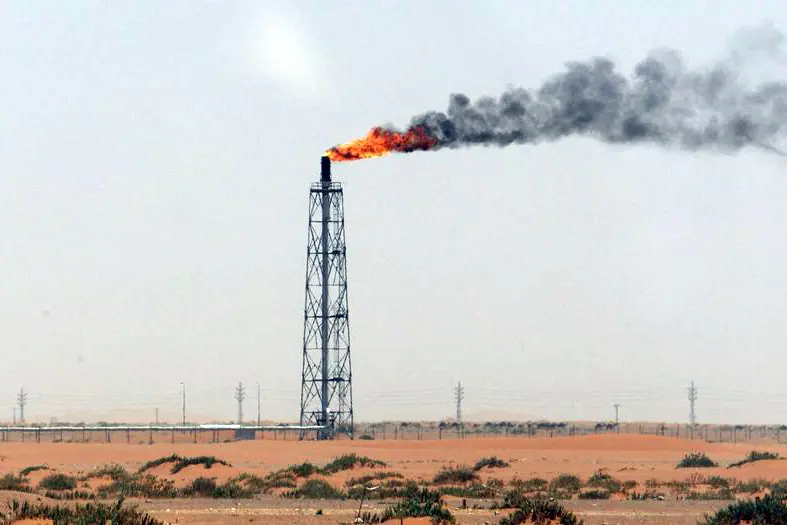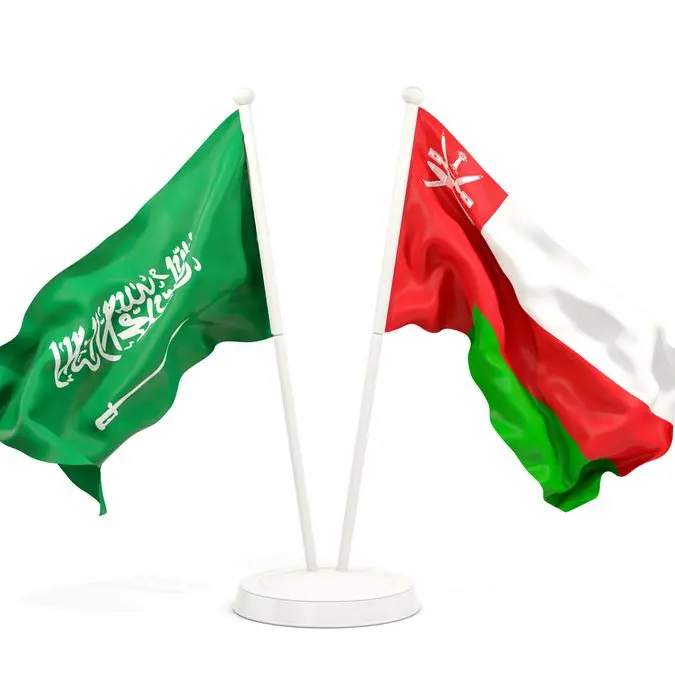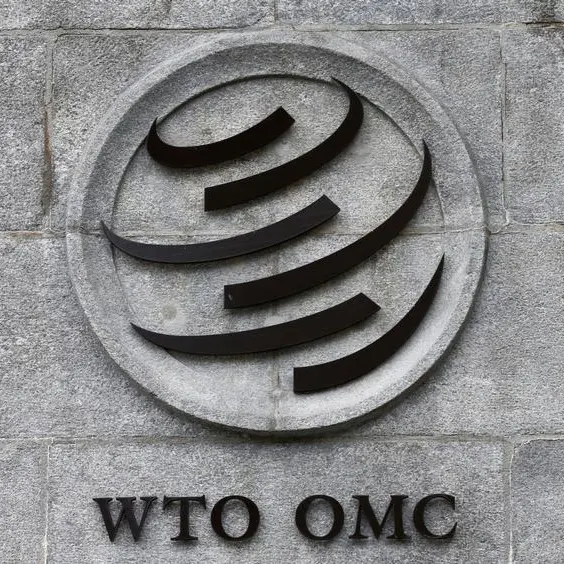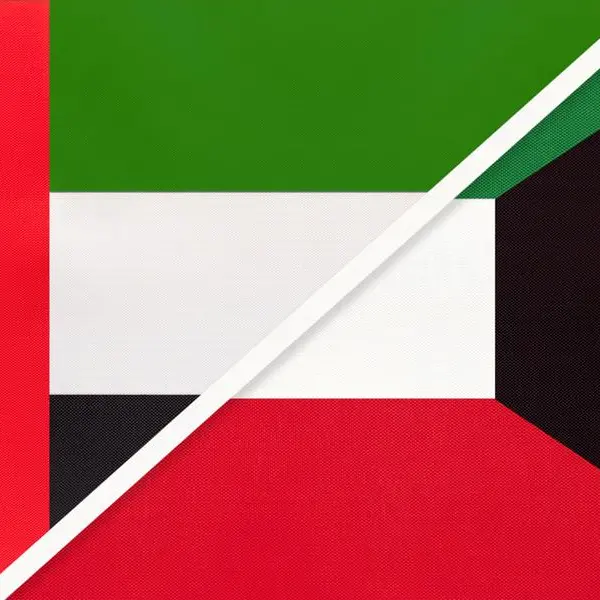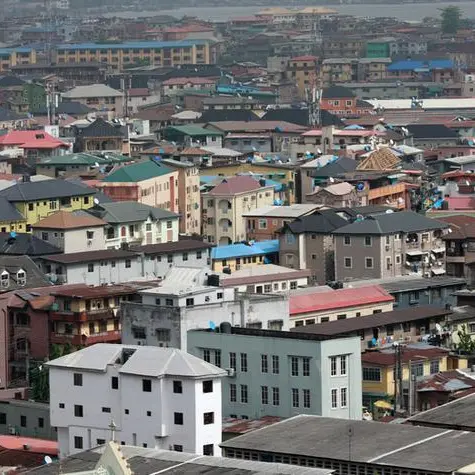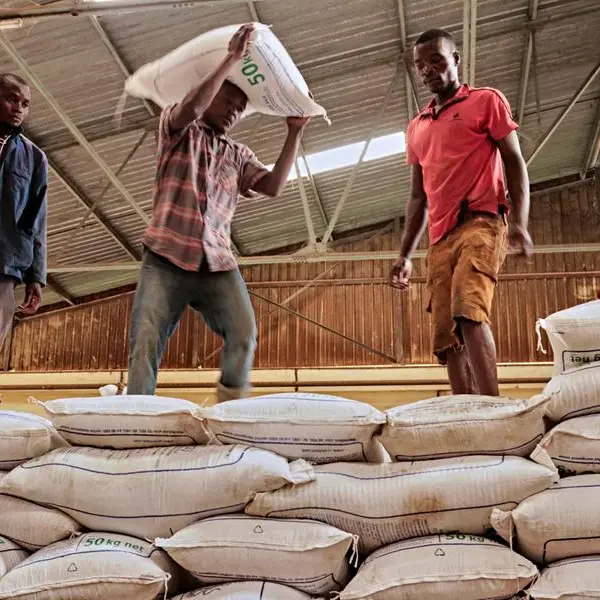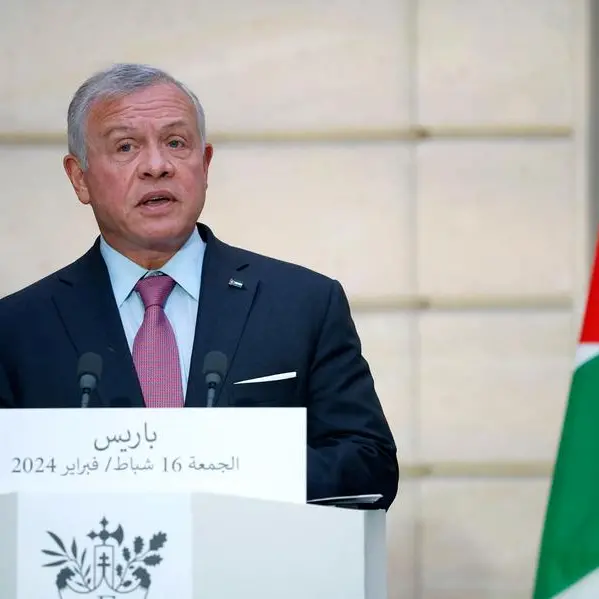PHOTO
07 August 2016
JEDDAH: Saudi Arabia faced numerous challenges over the past 18 months, both economically and politically. These challenges were culminated by the weakest economic expansion during the first quarter of 2016 since Q1, 2013. OPEC's decision to fend off competition by producing record levels pressured oil prices to as low as $25 per barrel in January 2016, according to a report by the National Commercial Bank.
Public spending adjustments resulted in real GDP decelerating to grow by 1.5 percent on an annual basis through January to March, following a revised 1.8 percent growth in Q4, 2015. The Arabian Light crude prices averaged $30.6 per barrel during Q1, 2016, acting as the main drag on the economy.
However, a rebound back to around $50 per barrel will certainly ease some of the pressure on the government. The figures released by the General Authority for Statistics reveal the oil sector expanded by 5.1 percent Y/Y in real terms, up from 4.5 percent Y/Y in the previous quarter, driven mainly by record oil production that remained above the 10 million bpd level throughout 2016. The government has opted not to invest in production capacity beyond the 12.5 million bpd, and given the moderation of oil prices, the oil sector contribution to the economy will remain limited going forward, the NCB report said.
Lesser oil revenues trickling down into the economy, especially as the government had to reduce spending to minimize the budget deficit greatly affected the non-oil sector.
During Q1, 2016, the sector's contraction of 0.7 percent Y/Y at constant prices, the second consecutive quarterly contraction, is expected to raise alarms as the government plans to rely heavily on the non-oil sector in its National Transformation Program (NTP).
Attributed to lower government expenditure, the private non-oil sector marginally grew by 0.2 percent annually, while the government non-oil sector receded by 2.6 percent annually. Gross fixed capital formation registered a second consecutive decline by 20.1 percent Y/Y in Q1, 2016, following Q4, 2015's drop of 16.7 percent Y/Y, putting downward pressure on potential economic growth in the medium-term.
Furthermore, the construction sector's nominal decline of 2.8 percent annually is expected to intensify over the next few quarters as NCB Construction Contract Award Index dropped 81 points during the first three months of this year. Imports of goods declined by 14.2 percent Y/Y as demand for machinery and equipment slows as a result of lesser construction activity, while exports of goods declined by 28.0 percent Y/Y due to lower oil prices, worsening a widening trade deficit. As economic uncertainty looms and the effect of the two-month salary bonus fades, consumption expenditure witnessed a significant moderation within the private sector, decelerating to 2.9 percent annually in Q1, 2016 from 14.9 percent during Q1, 2015. Furthermore, the finance, insurance and real estate sector maintained a relatively strong growth at 3.3 percent Y/Y, yet we expect liquidity constraints in the domestic market to weigh on the future performance of the sector, the NCB report said.
In nominal terms, GDP contracted by 11.5 percent, the sixth consecutive contraction, mainly due to the oil sector's GDP decline. However, the non-oil sector's decline of 5.0 percent is more of a concern going forward.
Saudi's NTP plans to raise non-oil revenues to SR530 billion in 2020, up from 2015's SR163.5 billion. The plan allocates an estimated SR446 billion over a five-year timeframe, of which the government assigned SR268 billion, while the private sector will contribute an expected SR178 billion. Attracting the private sector's capital will be challenging considering the weakening domestic economy and the geopolitical risks in neighboring countries. However, the government is adamant to guide the Saudi economy toward its planned Vision 2030, which envisages a diversified economy that is not reliant on an inherently volatile commodity.
JEDDAH: Saudi Arabia faced numerous challenges over the past 18 months, both economically and politically. These challenges were culminated by the weakest economic expansion during the first quarter of 2016 since Q1, 2013. OPEC's decision to fend off competition by producing record levels pressured oil prices to as low as $25 per barrel in January 2016, according to a report by the National Commercial Bank.
Public spending adjustments resulted in real GDP decelerating to grow by 1.5 percent on an annual basis through January to March, following a revised 1.8 percent growth in Q4, 2015. The Arabian Light crude prices averaged $30.6 per barrel during Q1, 2016, acting as the main drag on the economy.
However, a rebound back to around $50 per barrel will certainly ease some of the pressure on the government. The figures released by the General Authority for Statistics reveal the oil sector expanded by 5.1 percent Y/Y in real terms, up from 4.5 percent Y/Y in the previous quarter, driven mainly by record oil production that remained above the 10 million bpd level throughout 2016. The government has opted not to invest in production capacity beyond the 12.5 million bpd, and given the moderation of oil prices, the oil sector contribution to the economy will remain limited going forward, the NCB report said.
Lesser oil revenues trickling down into the economy, especially as the government had to reduce spending to minimize the budget deficit greatly affected the non-oil sector.
During Q1, 2016, the sector's contraction of 0.7 percent Y/Y at constant prices, the second consecutive quarterly contraction, is expected to raise alarms as the government plans to rely heavily on the non-oil sector in its National Transformation Program (NTP).
Attributed to lower government expenditure, the private non-oil sector marginally grew by 0.2 percent annually, while the government non-oil sector receded by 2.6 percent annually. Gross fixed capital formation registered a second consecutive decline by 20.1 percent Y/Y in Q1, 2016, following Q4, 2015's drop of 16.7 percent Y/Y, putting downward pressure on potential economic growth in the medium-term.
Furthermore, the construction sector's nominal decline of 2.8 percent annually is expected to intensify over the next few quarters as NCB Construction Contract Award Index dropped 81 points during the first three months of this year. Imports of goods declined by 14.2 percent Y/Y as demand for machinery and equipment slows as a result of lesser construction activity, while exports of goods declined by 28.0 percent Y/Y due to lower oil prices, worsening a widening trade deficit. As economic uncertainty looms and the effect of the two-month salary bonus fades, consumption expenditure witnessed a significant moderation within the private sector, decelerating to 2.9 percent annually in Q1, 2016 from 14.9 percent during Q1, 2015. Furthermore, the finance, insurance and real estate sector maintained a relatively strong growth at 3.3 percent Y/Y, yet we expect liquidity constraints in the domestic market to weigh on the future performance of the sector, the NCB report said.
In nominal terms, GDP contracted by 11.5 percent, the sixth consecutive contraction, mainly due to the oil sector's GDP decline. However, the non-oil sector's decline of 5.0 percent is more of a concern going forward.
Saudi's NTP plans to raise non-oil revenues to SR530 billion in 2020, up from 2015's SR163.5 billion. The plan allocates an estimated SR446 billion over a five-year timeframe, of which the government assigned SR268 billion, while the private sector will contribute an expected SR178 billion. Attracting the private sector's capital will be challenging considering the weakening domestic economy and the geopolitical risks in neighboring countries. However, the government is adamant to guide the Saudi economy toward its planned Vision 2030, which envisages a diversified economy that is not reliant on an inherently volatile commodity.
© Arab News 2016
